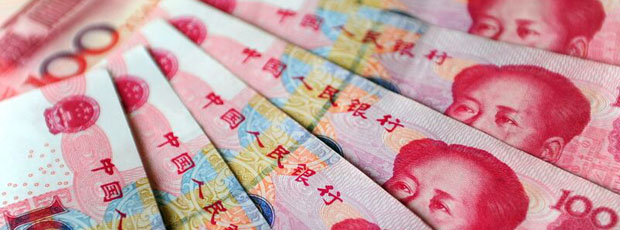4/2/2015
China / Economics

The intention of monetary policy now is not to engineer a V-shaped rebound, but to support a minimum acceptable level of growth.
Premier Li Keqiang announced in March that China’s economic growth target had been lowered to around 7%, compared with 7.5% last year. In so doing so he clearly signalled the government’s willingness to accept slower growth as it presses ahead with structural reforms.
The inflation target was also lowered to around 3% from around 3.5% in 2014. Given that inflation of 1.8% is widely expected this year, many believe much room exists for monetary stimulus. Nevertheless, the government has stressed the importance of “monetary prudence” despite decelerating domestic demand. Nowadays the intention of monetary policy is not to engineer a V-shaped rebound but to support a minimum acceptable level of growth. This is an important departure from past macro-management philosophy.
So too is the new way of dealing with debt and credit-driven growth. The Global Financial Crisis left a legacy of massive local government debt, overcapacity and a property bubble, with domestic debt almost reaching 250 % of GDP in 2014. Faced with this, the central government chose not to tread its usual policy path. Instead it introduced new prudential macroeconomic management measures.
To read the full report, download the PDF.




